Why You Need Moisture Wicking Apparel In Your Life
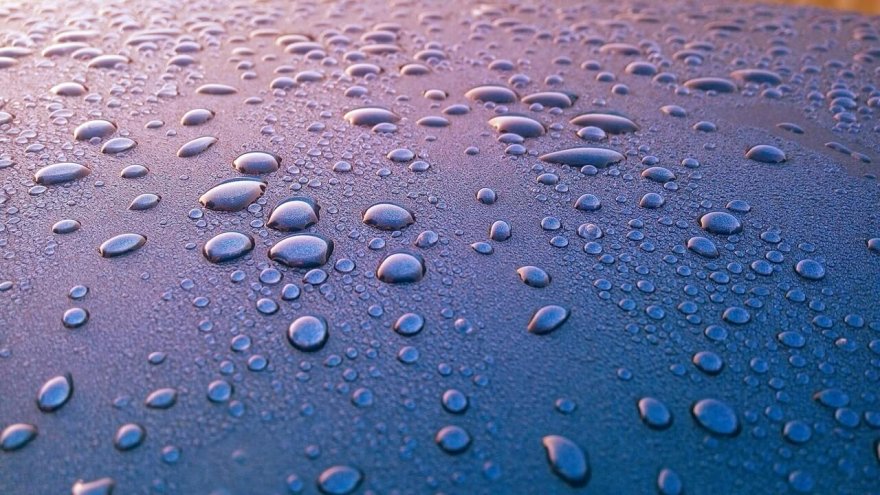
If you’re like me, maybe you’ve got a bunch of old T-shirts hanging around from every road race you’ve ever done, every sports team you’ve ever been on, and even one from that cross-country invitational you were in in the seventh grade.
When it’s time to lace up and head out the door for a workout, it’s easy to just toss on one of your old shirts and go. But, is it the best option for your performance and comfort?
While I still work out in my college cross country tees sometimes, I got my first moisture wicking shirt a few years ago, and it completely changed the game. With no more visible sweat stains, and no more feeling damp and uncomfortable during my long runs, I’ve never looked back.
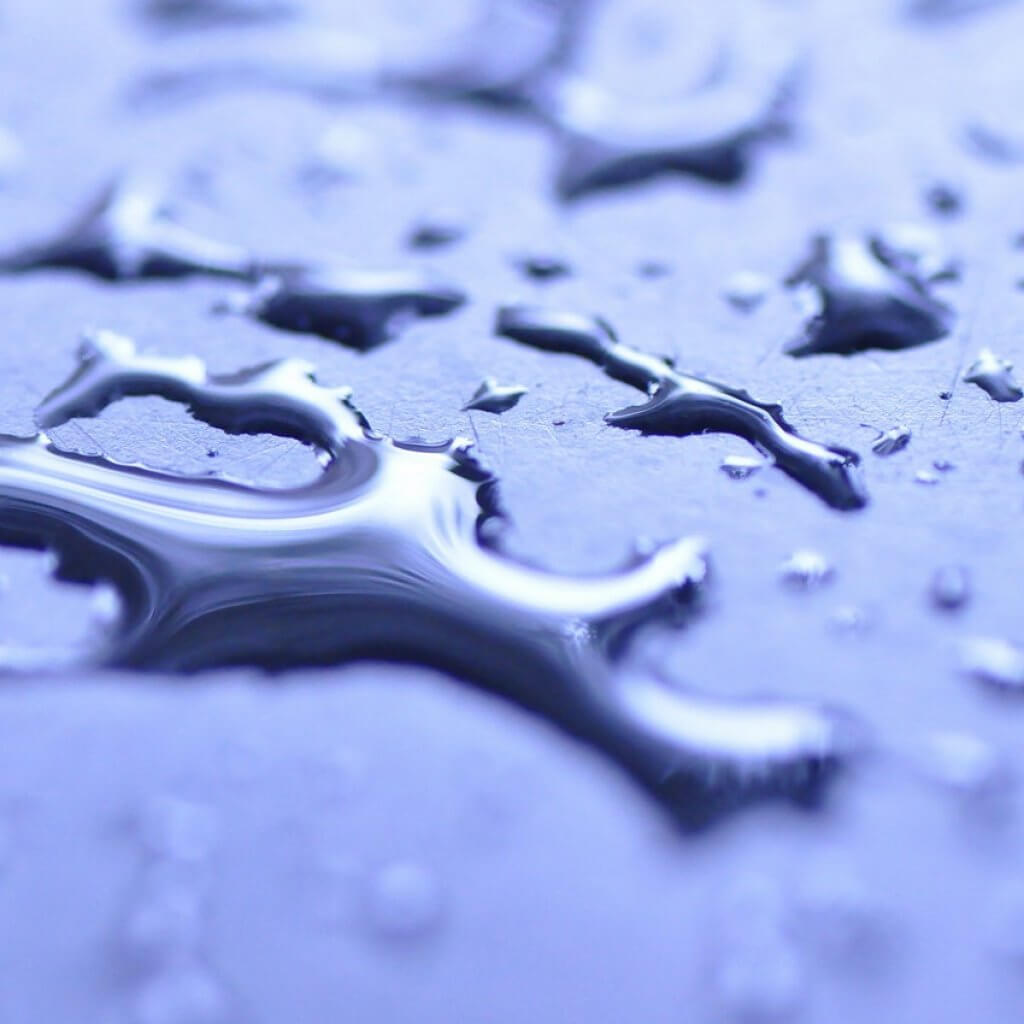
So What Is Moisture Wicking Material? What Does It Do?
In the same way that a wick draws up wax to fuel a candle flame, moisture wicking material draws the sweat from your skin up to the surface of the material. The material absorbs the moisture and releases it into a drier, less humid environment away from the skin where it is more easily evaporated. This also releases the heat that otherwise would have been trapped and helps to leave you feeling dry and cool.
When you wear a normal cotton T-shirt while you run, the sweat soaks directly into the fabric. With the moisture trapped between the skin and the surface of the fabric, also known as the microclimate, it’s almost impossible for any of the sweat to evaporate. This can leave you feeling damp and either too hot or too cold.
Unlike other apparel, moisture wicking clothing has tiny capillaries that make the ideal conditions for moisture to move away from the skin to the lower humidity area at the material’s surface.
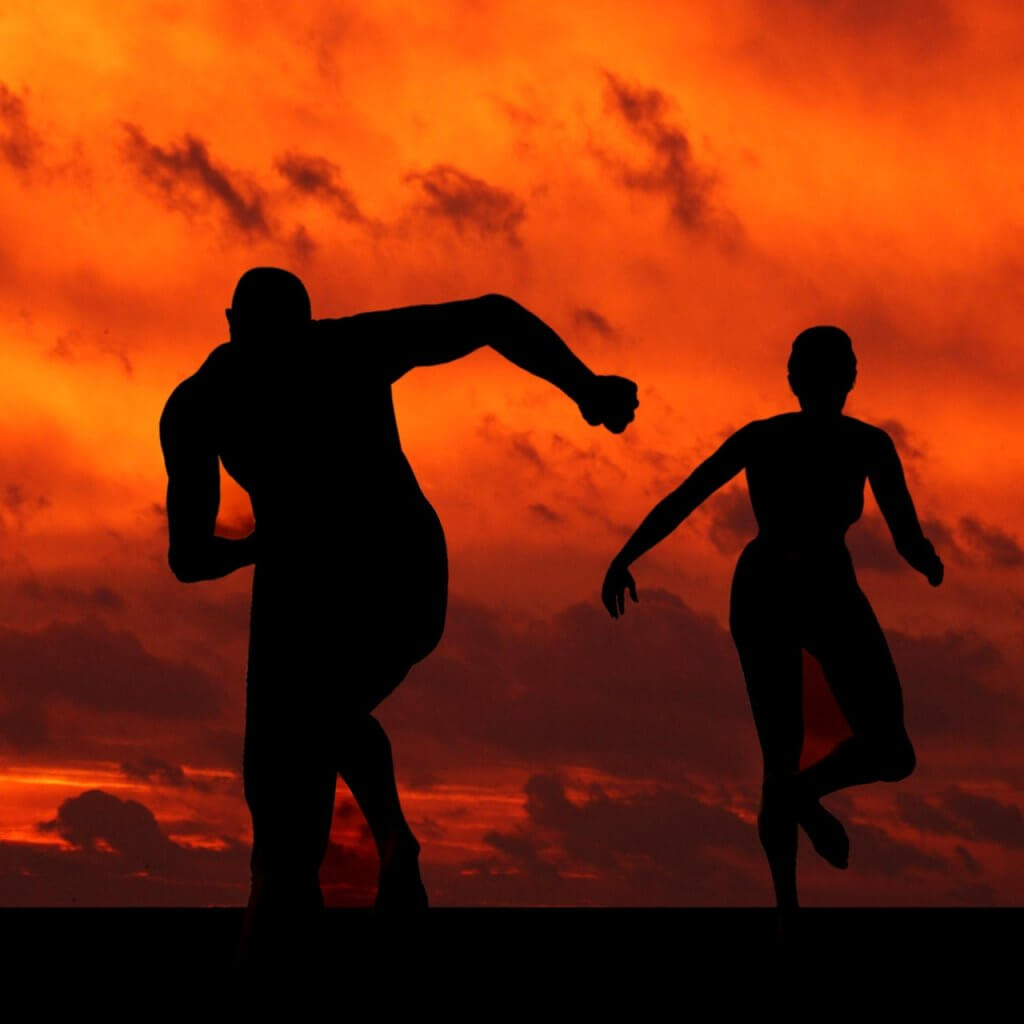
What Are the Benefits of Using Moisture Wicking Apparel?
It’s great for warm weather. Sweating is our body’s natural process for keeping us cool, especially when theweather is hot and when we’re exerting ourselves physically. But, if you have apparel that traps heat instead of releasing it, it can cause you to overheat. Moisture wicking material helps to keep you cool by keeping your apparel light and releasing the heat that would’ve been trapped otherwise.
It’s also a crucial addition to your cold weather collection. Our bodies still produce heat and sweat even when we’re in icy cold conditions. If you’re wearing clothing that absorbs sweat but doesn’t release it, you can end up in a dangerous situation where you are exposed to the cold while wearing clothing that is wet. This can be uncomfortable and worse, can put you at risk for hypothermia if you’re exposed to the cold for long periods of time.
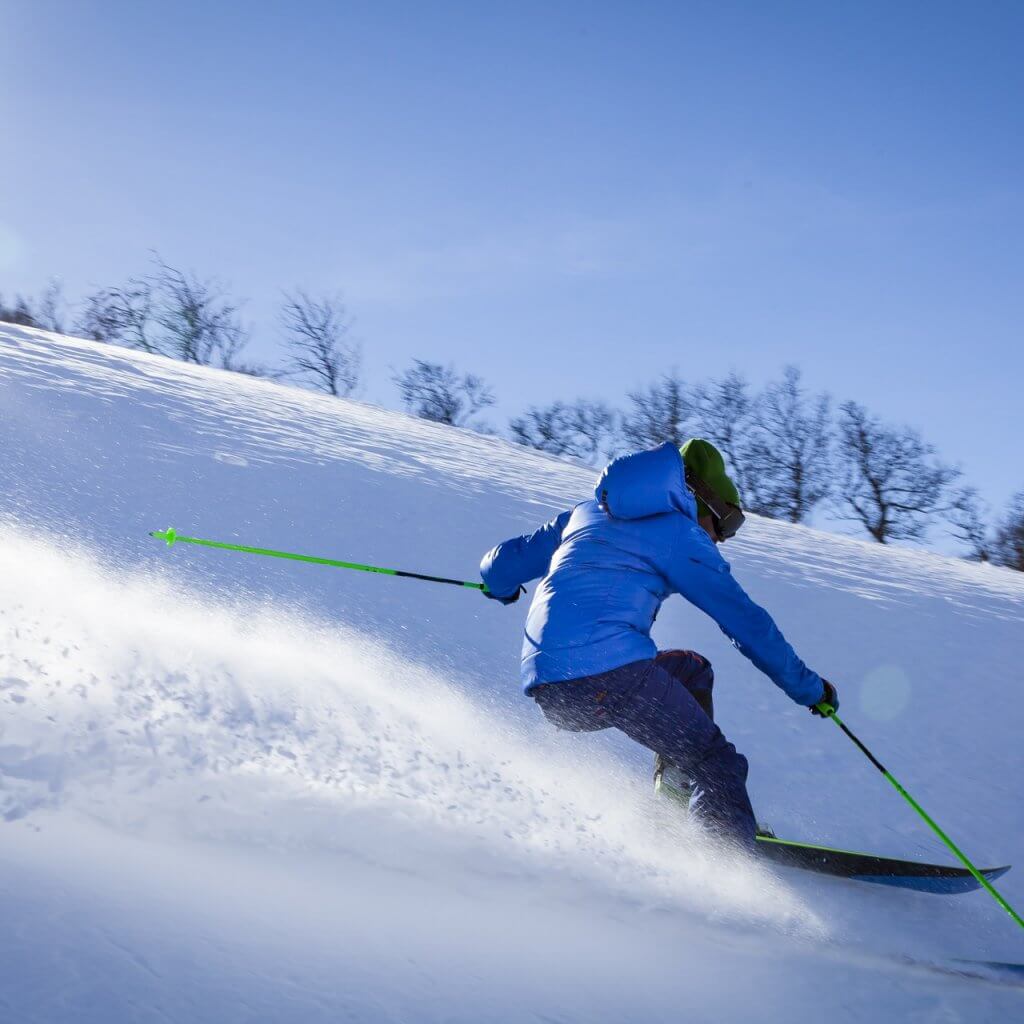
It’s lightweight and breathable. Because moisture wicking apparel doesn’t allow sweat to collect and absorb into the material, your clothes won’t become damp and heavy. The built-in capillaries also allow for air to flow in and out of the surface of the material, making it remarkably breathable.
It helps to prevent chafing. One of the worst parts about having wet clothing while you run is that it can exacerbate the friction and rubbing that cause chafing. With a drier, moisture wicking material you’re less likely to experience the pain and damage caused by chafing.
It hides perspiration. If you tend to get sweat a lot when you work out, moisture wicking materials are a great option for keeping you cool and dry while also reducing or eliminating visible stains from sweating.
What Are the Best Materials for Moisture Wicking Apparel?
Some of the most common materials used for moisture wicking apparel are synthetics such as polyester and polypropylene blends. These materials are woven together in such a way that there are gaps left for the capillary action to do its thing moving moisture away from your skin and up to the surface of the material. Brands like Gore-TEX, Uniqlo, Under Armour and Nike’s Dri-Fit line use these materials to make many of their most popular moisture wicking items.
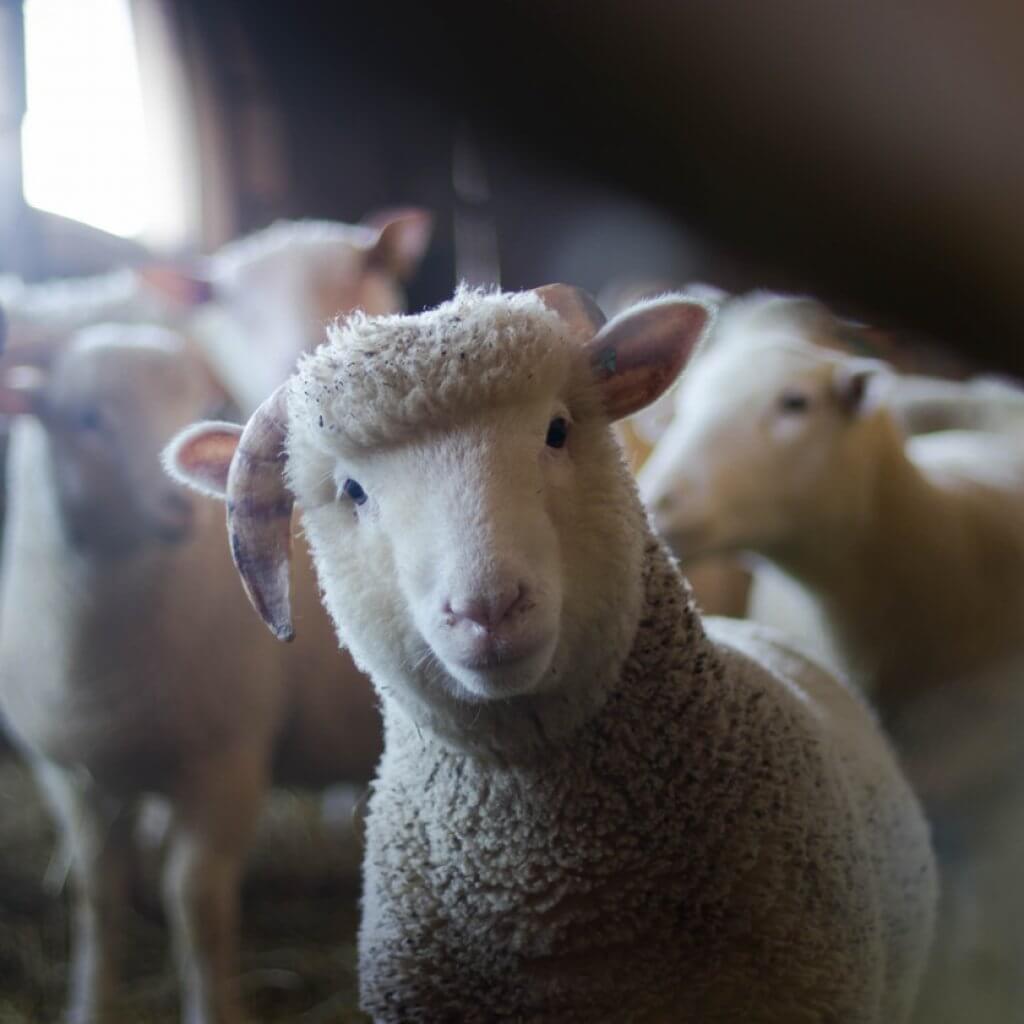
Another popular moisture wicking material is Merino wool. I know what you’re thinking! How could wool possibly be comfortable, breathable, and not retain moisture?
Merino wool is a very specific type of wool that is actually uniquely suited to wicking moisture away from the skin. It can absorb up to 30 percent of its own weight and still feel dry to the touch, where synthetics can typically only absorb 7 percent and still feel dry. And, just as the sheep’s wool is suited to regulating a sheep’s body temperature in varied conditions, Merino wool has the versatility to either keep you warm in cool conditions or cool in hot weather. This is because unlike synthetics, it can move vapor away from the skin as well as liquid moisture. Merino wool is also significantly finer than normal wool, you won’t experience the itchiness and discomfort you get from your favorite wool coats and sweaters.
How Can I Use Moisture Wicking Apparel Most Effectively?
For warm weather conditions, it’s as simple as picking out a light, breathable moisture wicking shirt, pants and shorts, and socks. That’s all you need to stay cool and dry!
If you’re going for a long run or hiking in cold weather conditions, you’ll want to use a moisture wicking shirt and pant as your base layer because it’s crucial that the material be close to the surface of your skin in order to do its best work. You can layer other warm materials, moisture wicking or not, on top of it and still get the benefits of wearing moisture wicking apparel.
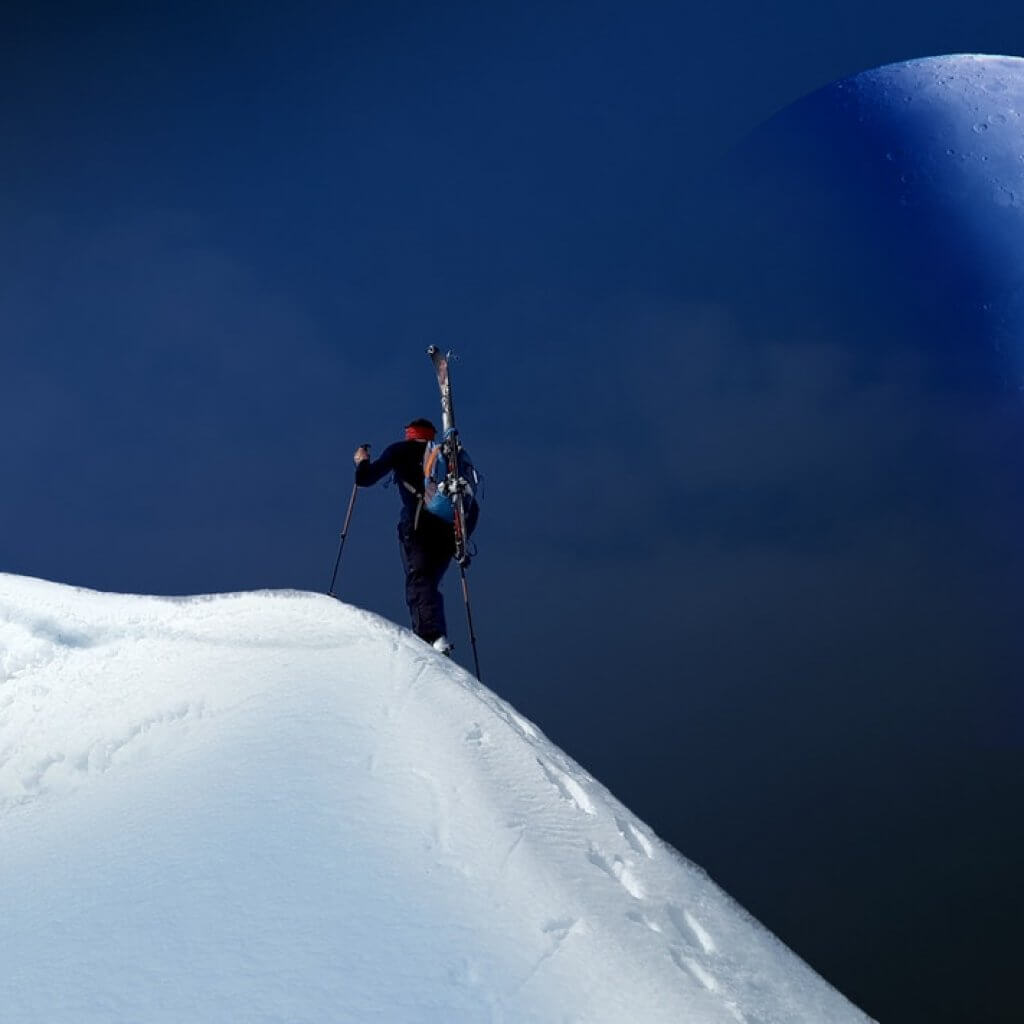
Where Can I Get Moisture Wicking Apparel?
The great news is that this type of material has been developing and evolving over the last several decades. Most major sports apparel brands, outdoor living brands, and even casual wear brands offer options for moisture wicking apparel. Check out your favorite brands and see what they have to offer!
Sources
- , Merino Wool 101, Online
- , Which clothing materials reduce sweating?, Online
- , What is the best moisture wicking material?, Online
Latest Articles
 Is Running on a Treadmill Easier Than Running Outside?Runners have their own preferences, whether it is treadmill running, running outside on the road, or exploring trails. So...
Is Running on a Treadmill Easier Than Running Outside?Runners have their own preferences, whether it is treadmill running, running outside on the road, or exploring trails. So... Is It OK to Use Trail Running Shoes on the Road?While trail running shoes can be used on roads, especially in situations where a runner encounters mixed terrains or pref...
Is It OK to Use Trail Running Shoes on the Road?While trail running shoes can be used on roads, especially in situations where a runner encounters mixed terrains or pref... How to Fix Sore Quads After Running?Rest, ice, gentle stretching, and over-the-counter pain relievers can help soothe sore quads after running. Also, ensure ...
How to Fix Sore Quads After Running?Rest, ice, gentle stretching, and over-the-counter pain relievers can help soothe sore quads after running. Also, ensure ... 10 Fruits With The Most Electrolytes to Replace Sports DrinksThese fruits are high in electrolytes such as potassium, magnesium, and calcium, essential for hydration, muscle function...
10 Fruits With The Most Electrolytes to Replace Sports DrinksThese fruits are high in electrolytes such as potassium, magnesium, and calcium, essential for hydration, muscle function...

